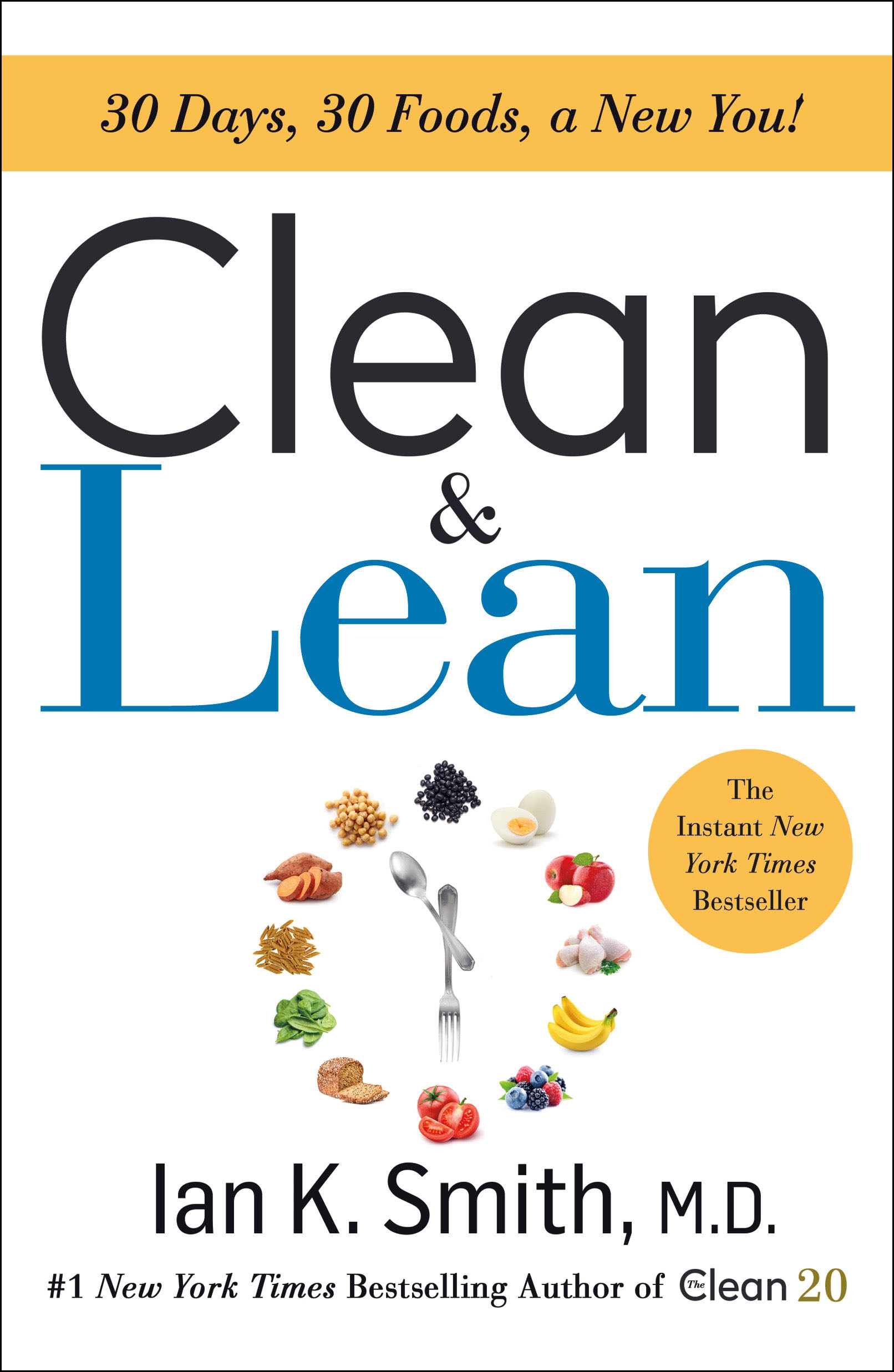Cold Aero Performance Of A Two-dimensional Mixer Ejector Nozzle
by Nasa Technical Reports Server (ntrs)
2021-01-26 18:17:08
Cold Aero Performance Of A Two-dimensional Mixer Ejector Nozzle
by Nasa Technical Reports Server (ntrs)
2021-01-26 18:17:08
Since 1986, NASA and the U.S. aerospace industry have been assessing the economic viability and environmental acceptability of a second-generation supersonic civil transport, or High Speed Civil Transport (HSCT). Environmental acceptability in terms ...
Read more
Since 1986, NASA and the U.S. aerospace industry have been assessing the economic viability and environmental acceptability of a second-generation supersonic civil transport, or High Speed Civil Transport (HSCT). Environmental acceptability in terms of airport community noise and economic viability are critical elements in this endeavor. Development of a propulsion system that satisfies strict airport noise regulations (FAR36 Stage III levels), at acceptable performance and weight, is critical to the success of any HSCT program. Two-dimensional mixer-ejector (2DME) exhaust systems are one approach in achieving this goal. In support of HSCT development, GEAE (GE Aircraft Engines), under contract to the NASA Glenn Research Center, conducted this test program at the NASA Langley 16 ft transonic wind tunnel to evaluate the cold aerodynamic performance aspects of the 2DME exhaust system concept. The effects of SAR (SAR, suppressor area ratio, = mixed-flow area/primary nozzle throat area), MAR (MAR = overall exhaust system exit/mixing-plane area), flap length, CER (suppressor chute expansion ratio), chute alignment, and free stream Mach number were investigated on a 1/11th cold aerodynamic scale model of a 2DME exhaust system.
Less






























